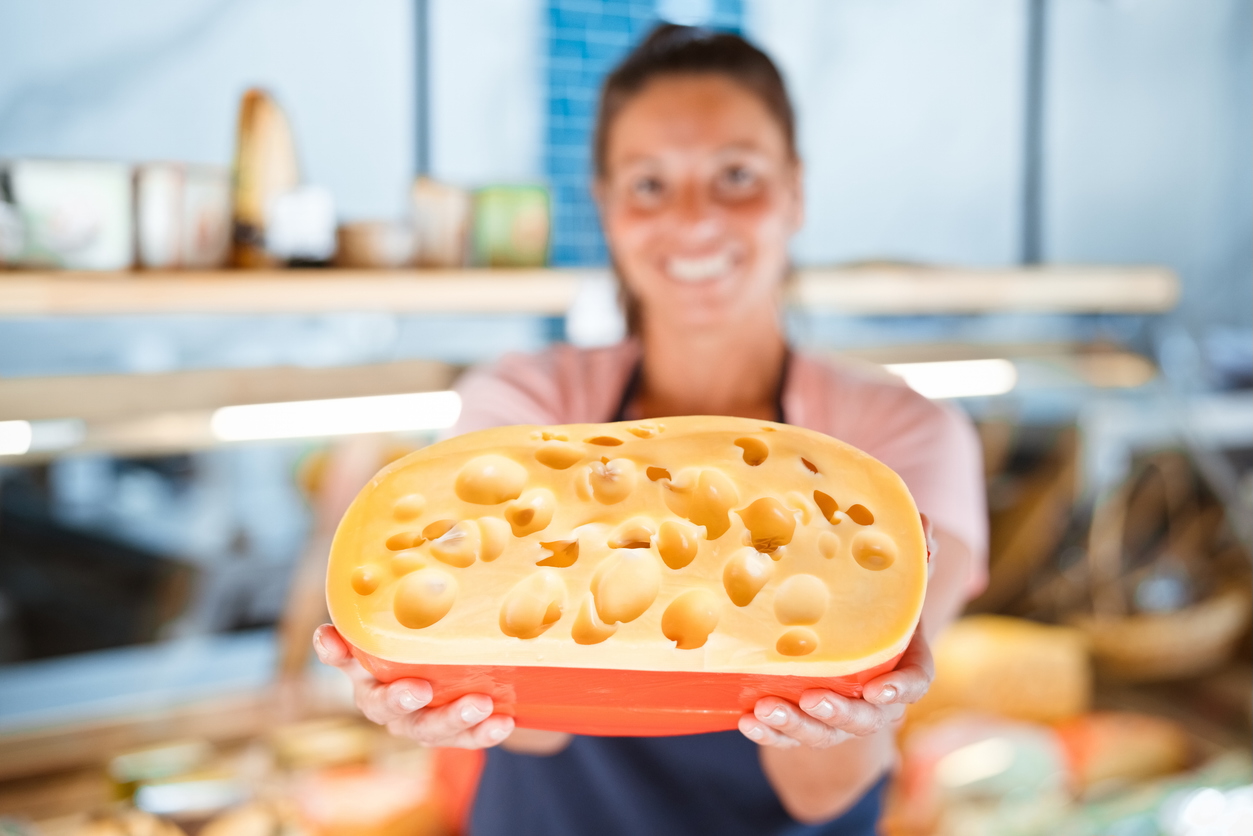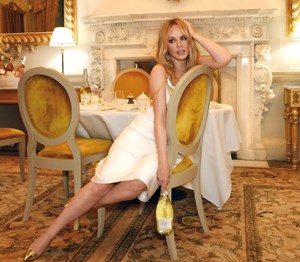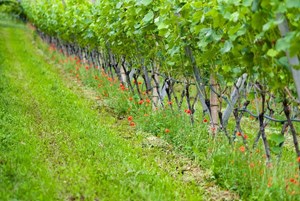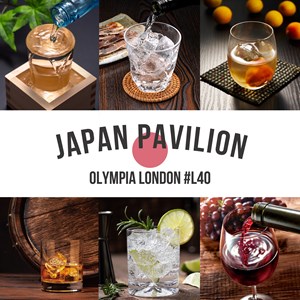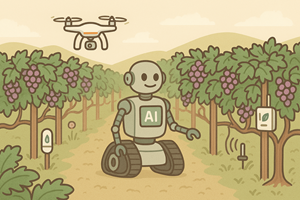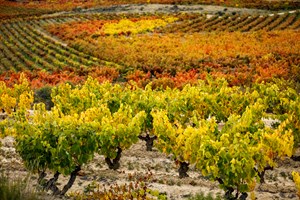Sounds like you have been eating too much cheese - what do you mean by that?
Look carefully at the wine ranges now being offered by the major supermarkets, specialist wine merchants, pub groups and restaurants and they are starting to resemble a slice of Swiss cheese. There are more holes in them. Whilst over the last few years importers and on and off-trade operators could not wait to tell you how many wines they had on their list, with bigger, bolder, wider wine ranges the order of the day. Now operators are a lot quieter about how many actual wines they have to sell. With far more attention given to how “focused” and “targeted” they are to their customers’ needs.
Well that sounds like a lot of sense to me?
On paper it all sounds fine and dandy. But it masks what is an increasing shift to cutting certain wines out of the range, allowing major suppliers and retailers to concentrate on a new “less is more” sales strategy. Focusing their efforts and resources on the wines they know they can make the most money out of, it means there is now less, or no, room for the wines that arguably bring the most personality and point of difference to wine ranges. The wines that are off the beaten track that add colour and can often best show the wine buying credentials and vision of the operator selling them. Wines that usually cost more and sell less.
Aren’t you just essentially talking about the old 80/20 rule where retailers get the most amount of their profits from a limited part of their range?
Yes, it is exactly that. But the 80/20 dynamic makes the most sense in the big brand grocery categories where there is a more limited range and more loyalty amongst consumers towards certain brands. It has traditionally not been applied to a category such as wine where there is not the same big brand dynamics at play and retailers and restaurants traditionally rely on diversity and introducing new wines to keep it alive, fresh and interesting. For example, the big so called brands to have emerged in wine in recent years are not brands per se, but the hero grape varieties, like Sauvignon Blanc, Malbec and Chardonnay, or the most well known wine producing countries and regions.
Why do you want to talk about this now?
It is a trend that has been developing over the last five years, but is now breaking out across the wine industry on the back of ever increasing supply chain, energy and employment costs, and, in particular the roll out of the new ABV-driven duty system. All of which have raised the temperature at retailers, restaurants bars, pubs and suppliers to radically cut costs and strip back overheads. The new duty system being the real killer as it means wines, say, of 13- 14.5% ABV are more expensive to sell than wines below 13% ABV - and automatically become less competitive to list.
Sounds interesting - tell us more?
Majestic Wine has been the first major player to break cover and openly concede it has had to take wines out of its range because they are no longer profitable to list. As John Colley, its chief executive, explained to the Daily Telegraph last week: “Typically you would range some of these wines for consumers because they love them. But it becomes much more a commercial decision with the changes being brought in. That’s the sad thing.” Before adding: “If you’ve got something that just doesn’t make sense because the volumes are so small and the cost of administration [has risen], there’s an impact. You just can’t make any money from doing it.”
What else does it mean?
It means producers are going to come under even more scrutiny to get a listing, first with an importer, and then secondly with those sourcing wine for the on and off-trades and online. Buyers are understandably going to be less likely to take risks on wines and producers that might have caught their imagination on a buyers’ trip, or at a trade fair, if the sums don’t add up when they get home.
What other impact will we see on shelf and on wine lists?
There is likely to be even more focus on private label and exclusive brands in major retailers, bars, pubs and increasingly restaurants chains. The major operators have for some time been looking to list more of their own sourced wines in order to control and manage their costs and shift their supply of grapes depending on harvests, production, currency levels and now duty costs too. This need to rationalise ranges to control costs and maximise profits, will only increase their need to feather their own nest with their own sourced wines.
Anything to cheer us up?
Well, it depends on which part of the industry you are in. Those retailers and operators still need suppliers, importers and producers to work with, to go out and find those wines for them. Majestic may have cut back its range but there are still some 1,300 slots on its list to fill and there are100s of producers and winemakers it is still working with. Or keeping with our Swiss cheese analogy - there’s still a lot of different types of cheese out there to buy, even if you end up with a selection that has a lot of holes in it.
